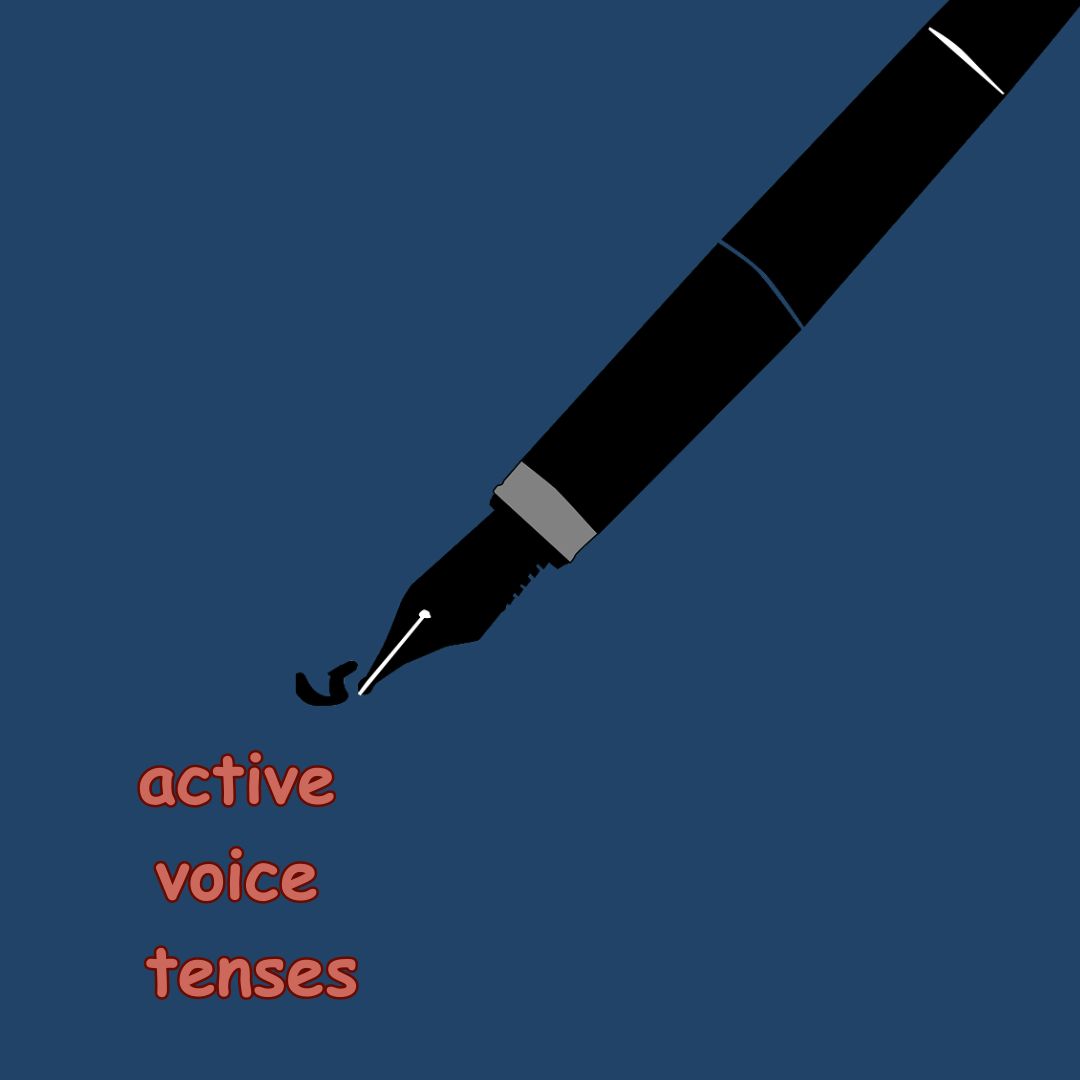Tag: voice

The Passive voice with a formal subject It
It is said, it was said, it is reported, it was reported- these phrases are examples of the passive voice with a formal subject. They are often used to attribute information to a general source or to distance the statement from a specific speaker.

The Group of Tenses of the Passive Voice
In the passive voice construction with to be and past participle, the focus is on the action being done to the subject, rather than the subject performing the action. This construction emphasizes the result or effect of the action, rather than who is doing the action. For example, in the sentence The cake was baked by the chef, the focus is on the cake and the fact that it was baked, rather than the chef who did the baking. This construction is useful when the doer of the action is unknown, unimportant, or when the speaker wants to emphasize the result of the action rather than who performed it.

The Indicative Mood-the Passive Voice
In the passive voice, the subject of the sentence receives the action of the verb, rather than performing the action itself. The passive voice is formed using a form of the verb to be followed by the past participle of the main verb.

The Indicative Mood – the Active Voice- Finite forms of the Verb
The Indicative mood, the Active voice tense groups include: indefinite , continuous, perfect, perfect continuous, future tense forms in the past,

What is the Voice of a Verb?
There are two types of voices: active voice and passive voice.In active voice, the subject of the sentence is the doer of the action. This is the most common and direct way of expressing a sentence.In passive voice, the subject of the sentence is the receiver of the action, and the doer of the action is either not mentioned or is introduced using the preposition by.